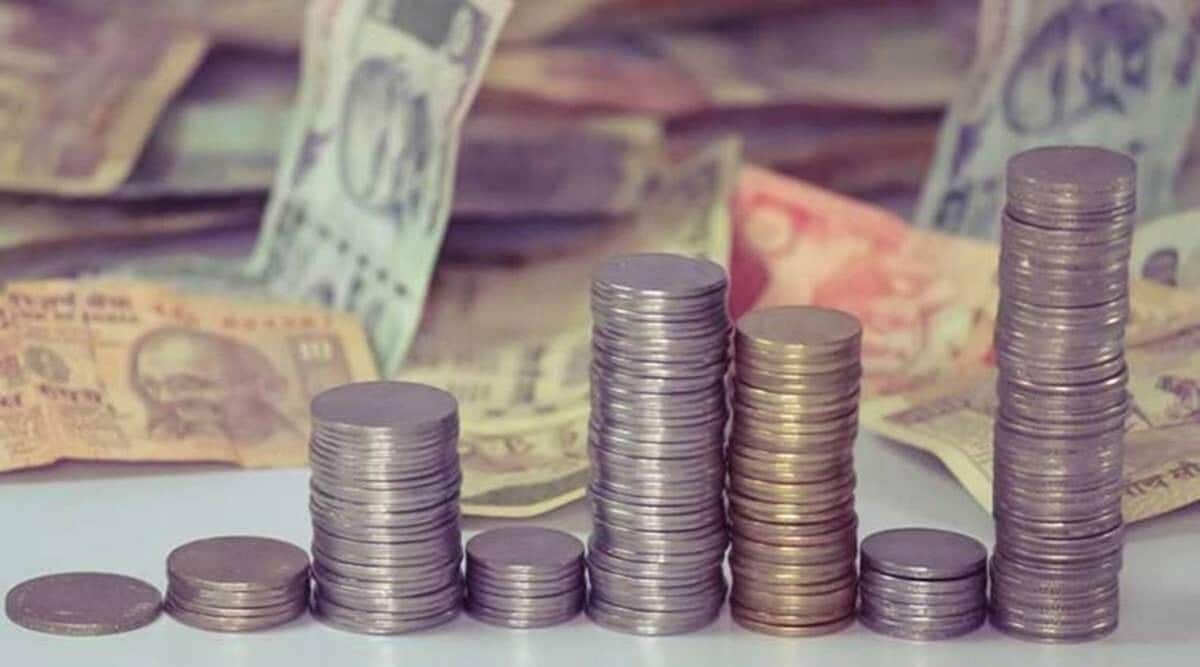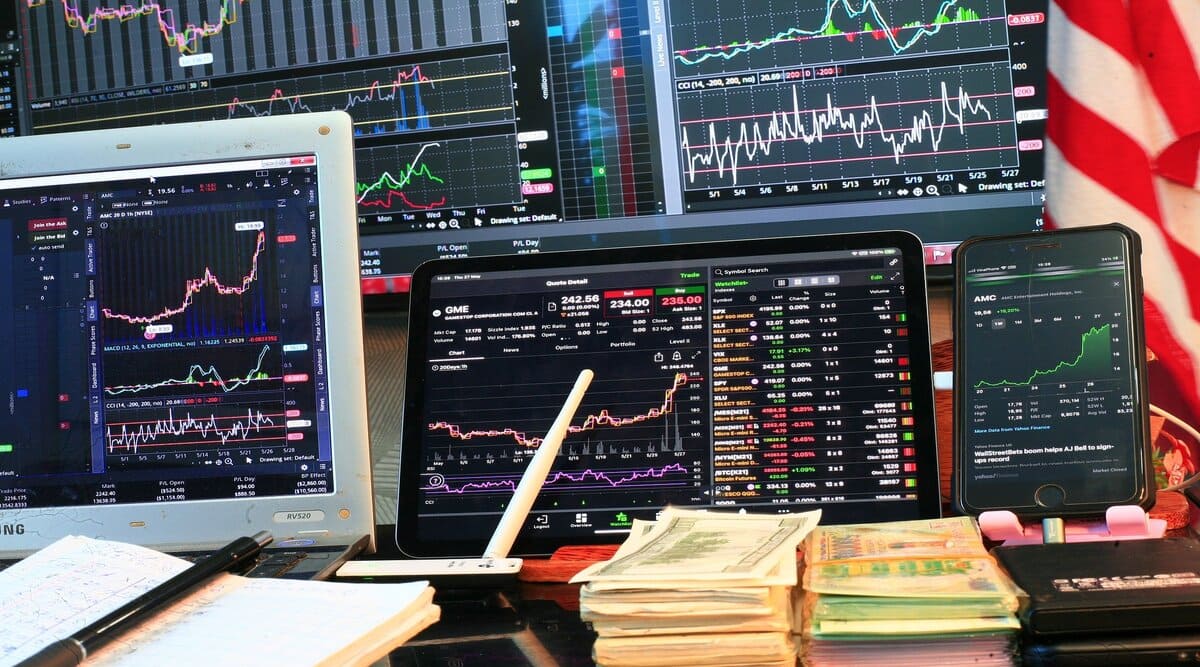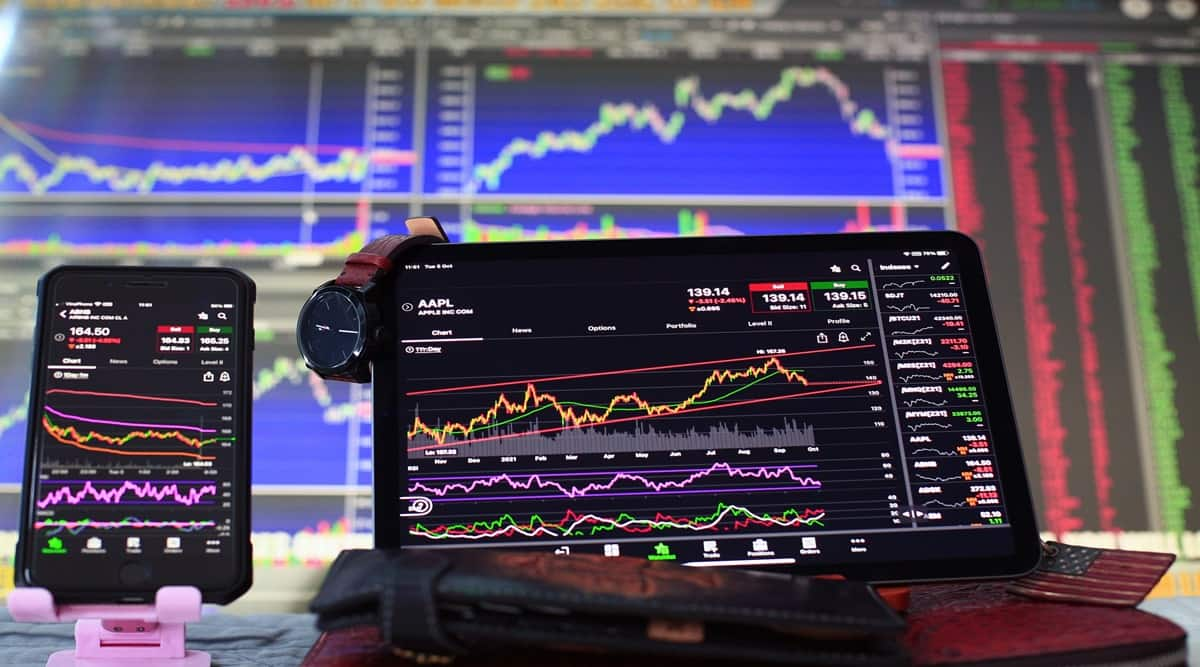
By Dilip Parmar
The Indian Rupee started September on the back foot and continued its downward trajectory as seen so far this year. Calendar year 2022 has become the worst year after 2018 as the local unit depreciated in all the months amid lingering worries over the twin deficit, high inflation, global slowdown and risk-averse moods. The Indian rupee has fallen about 7% so far this year and stayed around the middle of the pack among emerging market Asian peers amid the central bank’s intervention. The central bank has sold dollars from the forex kitty to curb the rupee’s depreciation as reserves fell from $642 billion in October 2021 to $561 billion at the end of August 2022. The RBI is in the currency market almost every day with the twin objective of curbing volatility and anchoring expectations for the rupee depreciation as the Governor said.
India stands out among many countries as manufacturing activities register expansion along with better monsoon progress.

August turned out to be the best month for the equity markets after December 2020 as FPIs turned net buyers worth $6.79 billion in equities and the second monthly inflows. However, the FPI is considered a speculative inflow one cannot rely on it for sustainable dollar inflows as recent corrections in many developed market equities might attract better opportunities at home than in other nations.
Also read: Reliance Industries to acquire US-based software firm SenseHawk to boost Mukesh Ambani’s solar energy plan
Though, there are some issues related to higher imports even after lower crude oil prices in the last two months and a fall in exports over global recession worries. India’s trade deficit widened to $28.68 billion during August as imports climbed sharply by 37% to $61.68 billion but exports declined marginally to $33 billion. Developed nations’ central bank policy decisions may influence the quantum and speed of the RBI’s rate hike cycle when they meet on September 30. The market is pricing another 35bps rate hike in September and a final 25bps hike in December 2022.
Looking at the fundamentals and technical chart, we believe spot USDINR could trade within the range of 81 to 79 before any directional trend emerges. On the overseas front, recent economic data displayed high variability, adding to market volatility. This is normal around economic turning points, but leading indicators show that the trend for US payrolls and overall economic growth is emphatically lower. Fed speakers have told us repeatedly that they’re focused on inflation and CPI on Sept. 13 will provide more clues. The market is pricing a 75bps hike in this month’s policy meeting.
(Dilip Parmar, Research Analyst, HDFC Securities. Views expressed are the author’s own.)


